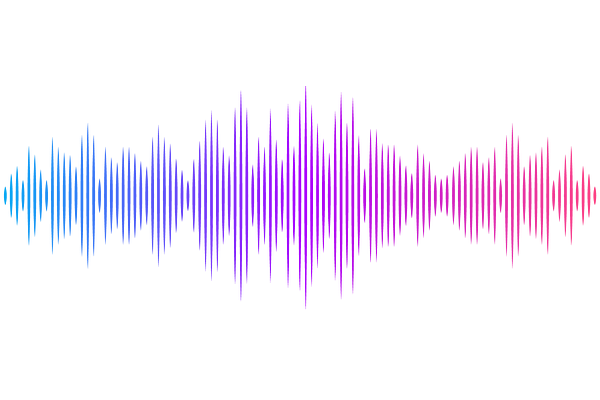A large cohort study (n = 591) on the impact of the presence or absence of the interthalamic adhesion: cognitive, neuroimaging, and genetic results

A large cohort study (n = 591) on the impact of the presence or absence of the interthalamic adhesion: cognitive, neuroimaging, and genetic results
Vidal, J. P.; Gouarderes, A.; Rabenantenaina, M.-S.; Peran, P.; Pariente, J.; Danet, L.; Barbeau, E. J.
AbstractBoth thalami can be connected by an Interthalamic Adhesion (IA). The extent of its presence varies among individuals and remains poorly understood. This study examines the IA\'s prevalence, anatomical variations, genetic determinants, and cognitive associations. Data from 591 healthy subjects (25-35 years) from the Human Connectome Project were analyzed and grouped as monozygotic (MZ) twins, dizygotic (DZ) twins, non-twin siblings, and unrelated individuals. MRI was used to characterize the IA, while neuropsychological assessments and Freesurfer parcellations were used to assess cognition and anatomical differences between subjects with or without an IA. The IA was absent in 12.7% of subjects, more commonly in males (20.0%) than females (6.3%), with no significant differences in age, education, or cognition between those with and without an IA. IA absence was associated with increased cerebrospinal fluid volumes, enlarged third ventricles, and thinning in several cortical areas. Genetic analysis revealed a higher concordance of IA presence among MZ twins (96%) than in other groups, indicating a strong genetic influence. The remaining 4% discrepancy was observed in male pairs only. This study underscores the genetic basis of IA, highlighting sexual dimorphism and neuroanatomical differences associated with its absence, though it does not affect cognition in healthy individuals.